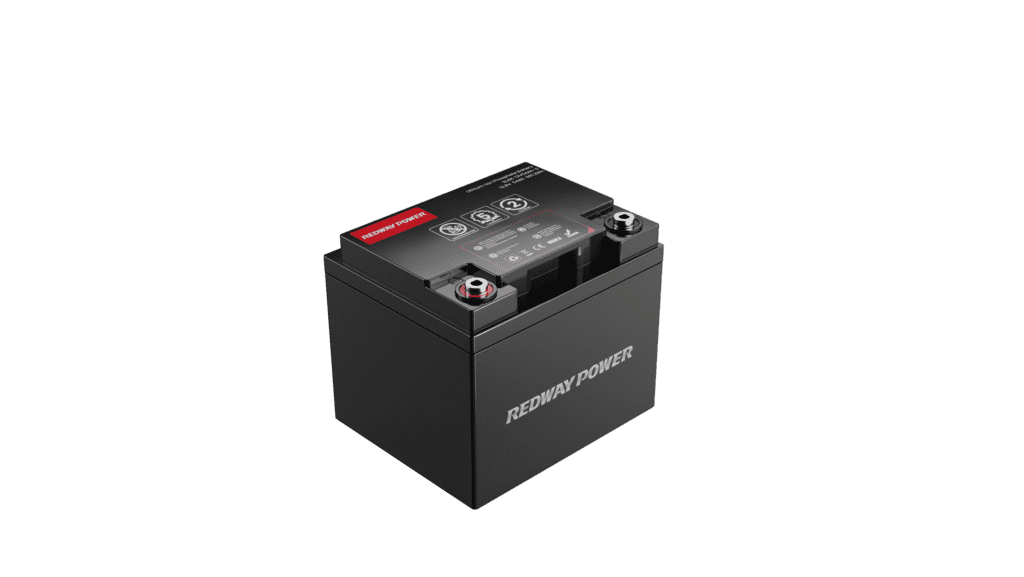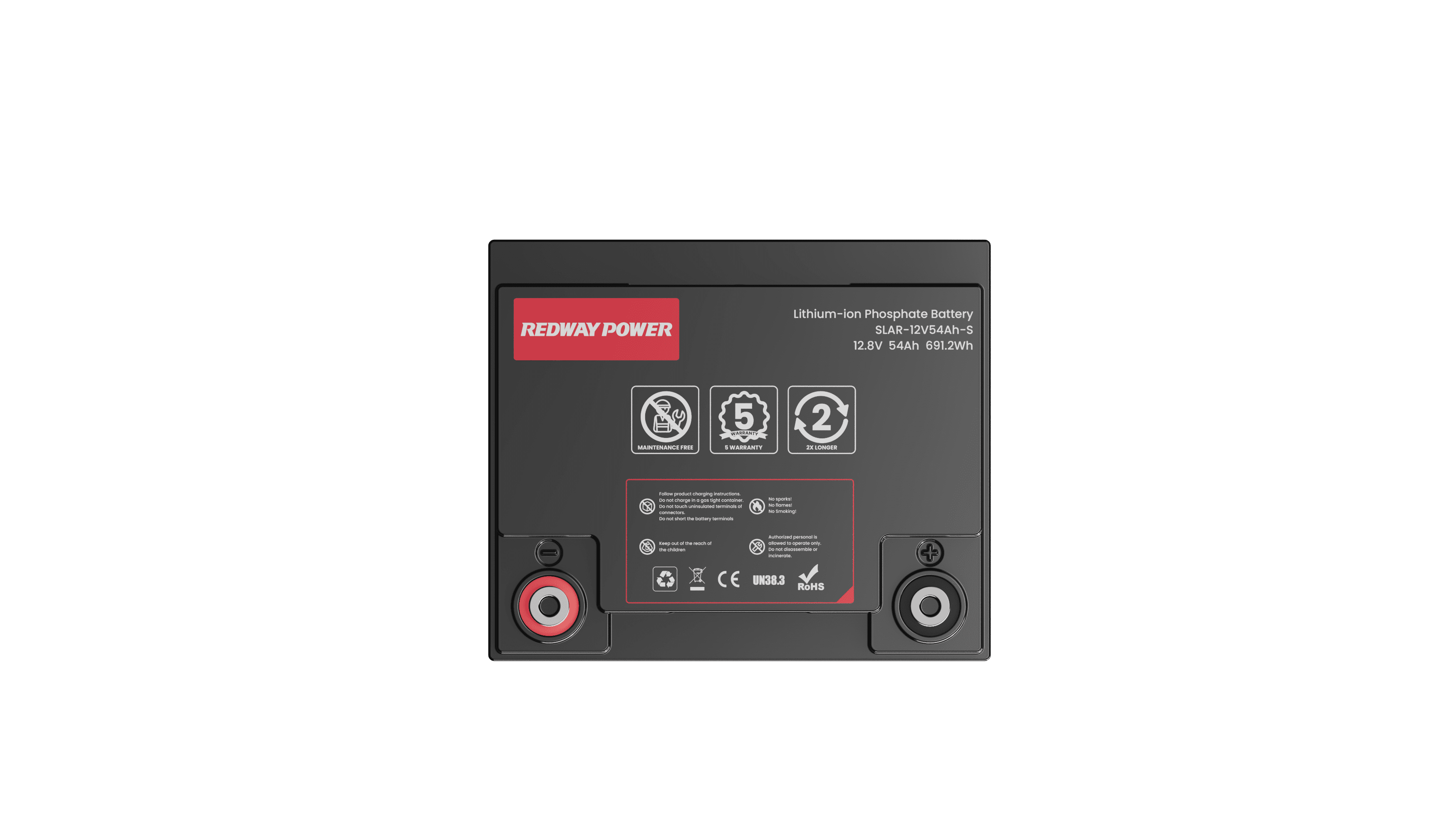Are you tired of your electronic devices dying in the middle of cold weather outings? Do you have to resort to bulky and unreliable battery packs just to survive the chill? Say goodbye to those days with lithium batteries designed for superior cold weather performance. Not only do they provide extended life, but they are also safe and easy to charge even in freezing temperatures. Keep reading as we dive deeper into the world of lithium batteries and discover how they can revolutionize your winter adventures.

#post_seo_title
Redway Battery lithium batteries are cold-weather performance batteries that can charge at a continuous rate at temperatures as low as -4 degrees Fahrenheit, without requiring a lower current. Most lithium-ion batteries will be irreversibly damaged when charging them in below-freezing temperatures. Without a Battery Management System (BMS) that tells a charger to lower the current in those conditions, the only solution in the past was to have the battery at above freezing temperatures before trying to charge it. This could either be by moving them to a warmer place or insulating them somehow by covering them with a thermal blanket.
What are lithium batteries?
Lithium batteries are a type of battery that uses lithium metal or lithium compounds as anode material. Lithium batteries are rechargeable, and are used in many portable electronic devices such as laptops, cell phones, digital cameras, and power tools. Lithium batteries have several advantages over other types of batteries: they have a higher energy density, they can be discharged and recharged more times than other battery types, and they operate at a wider range of temperatures.

Lithium batteries are particularly well-suited for use in cold weather. They can provide reliable power at low temperatures, where other battery types may fail to work properly. When charging lithium batteries in cold weather, it is important to use a charger specifically designed for this purpose. Some chargers are not compatible with cold weather conditions and could damage the battery.
What are the benefits of using lithium batteries in cold weather?
The cold can severely affect the health and lifespan of standard lead-acid batteries. Lithium batteries perform much better at colder temperatures than lead-acid batteries. Usually, the more you draw from a lead-acid battery in cold temperatures the weaker it will get. LFP batteries heat up when you use them, reducing the battery’s resistance and raising its voltage. When you want to upgrade or solve your battery problems, lithium is the obvious choice when it comes to cold weather.
When the weather outside is cold, it can sap the power from your car batteries. But if you switch to a lithium battery, you can keep your car running smoothly all winter long. Here are some of the benefits of using lithium batteries in cold weather:
1. They have a higher cold cranking amps (CCA) rating. This means that they can provide more power to start your engine in cold weather.
2. They don’t lose power as quickly as traditional lead-acid batteries when exposed to cold temperatures. So, you can still get plenty of use out of them even when it’s chilly outside.
3. They’re lighter weight than lead-acid batteries, so they’re easier to handle when you’re trying to install them in freezing temps.
4. They don’t require extra care or maintenance in order to perform well in the cold. Just charge them up and enjoy worry-free driving all winter long!

How to charge lithium batteries in freezing temperatures
Some battery chemistry, like lead-acid batteries, can freeze solid and explode. This occurs when the battery is discharged, and the electrolyte becomes diluted with water. That’s not the case with lithium batteries, as the electrolyte does not change its freezing point. However, charging a lithium battery during freezing temperatures can harm the battery due to dendritic lithium action. That doesn’t mean it’s impossible to charge them. However, you do have to warm the batteries to above freezing before charging. Fortunately, using heat pads or internally heated batteries makes it possible to safely use lithium batteries, even when temperatures fall below freezing. You can even cover your batteries with a thermal blanket to get them warm.

Charging lithium batteries in freezing temperatures may seem like a daunting task, but with the right precautions, it can be safe and easy. Here are a few tips to follow when charging your lithium batteries in cold weather:
1. Keep your battery warm: This may seem counterintuitive, but keeping your battery warm will actually help it charge faster. You can do this by placing it in an insulated bag or wrapping it in a scarf or blanket.
2. Use a low-voltage charger: Using a charger with a lower voltage will help prevent damage to your battery from the cold weather.
3. Don’t overcharge: It’s important not to overcharge your battery, as this can cause damage. Be sure to follow the manufacturer’s instructions for charging times and voltages.
By following these simple tips, you can easily and safely charge your lithium batteries in freezing temperatures.
Tips for using lithium batteries in cold weather

Just as extreme cold can negatively affect our health, it can also take a toll on lithium batteries. In order to ensure your battery performs optimally in cold weather, follow these tips:
1. Store your battery in a warm, dry place when not in use.
2. Keep the battery charged – at least 50% is ideal.
3. If possible, avoid using your battery in sub-zero temperatures.
4. If you must use your battery in cold weather, keep it as warm as possible – close to your body is best.
5. Protect your battery from moisture and condensation – this can lead to premature failure.
6. When storing your battery long-term, periodically check on it to make sure it’s holding a charge and is free of corrosion.
Conclusion
Cold temperatures can make charging and using lithium batteries a challenge, but with the right preparation (including following safety protocols) it is possible to get good performance even in freezing temperatures. With proper storage, maintenance and testing of your battery, you should be able to enjoy reliable use of your lithium-ion devices all year round. By taking into account cold weather needs for your device’s battery, you can ensure safe and easy charging in any season.


